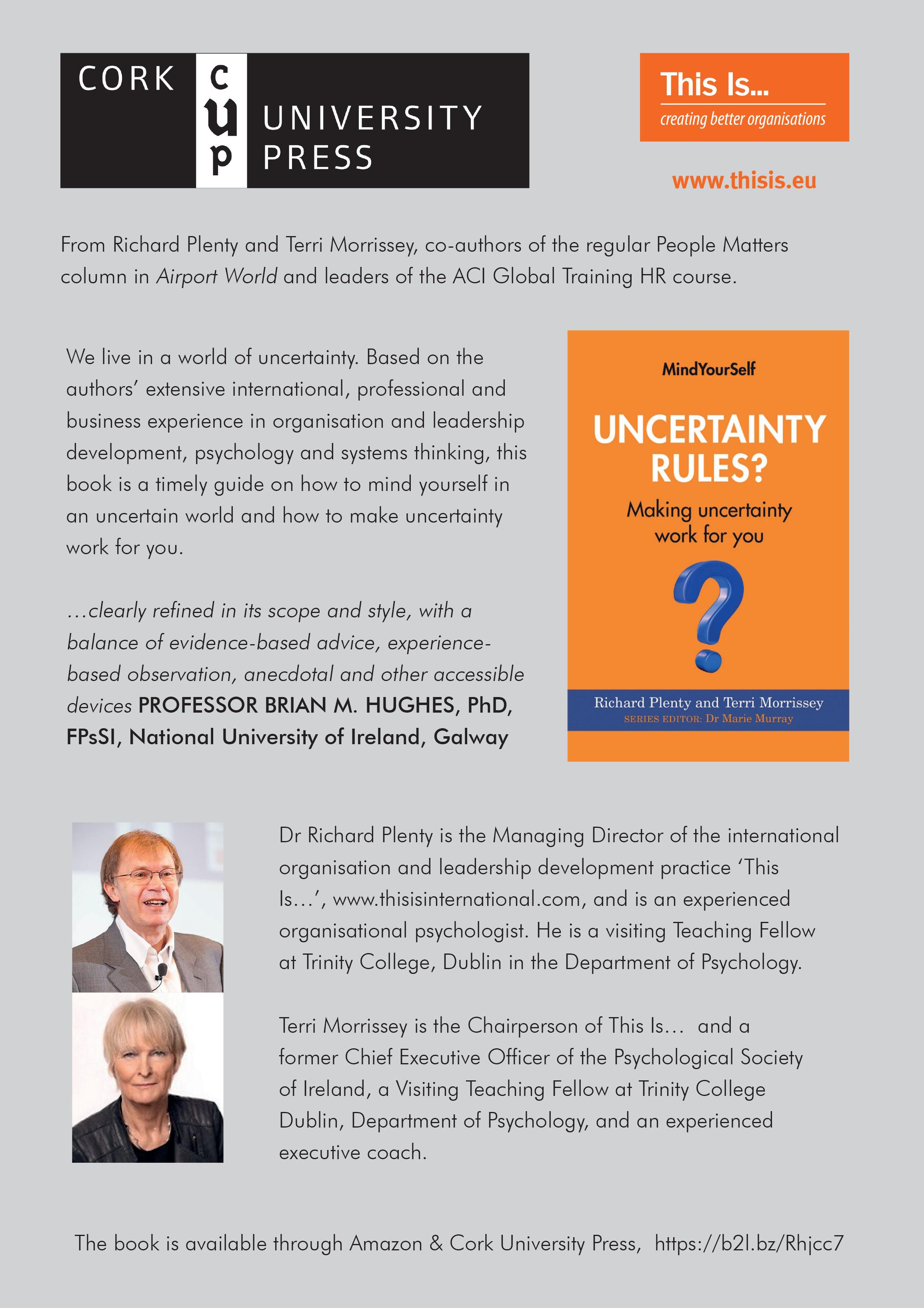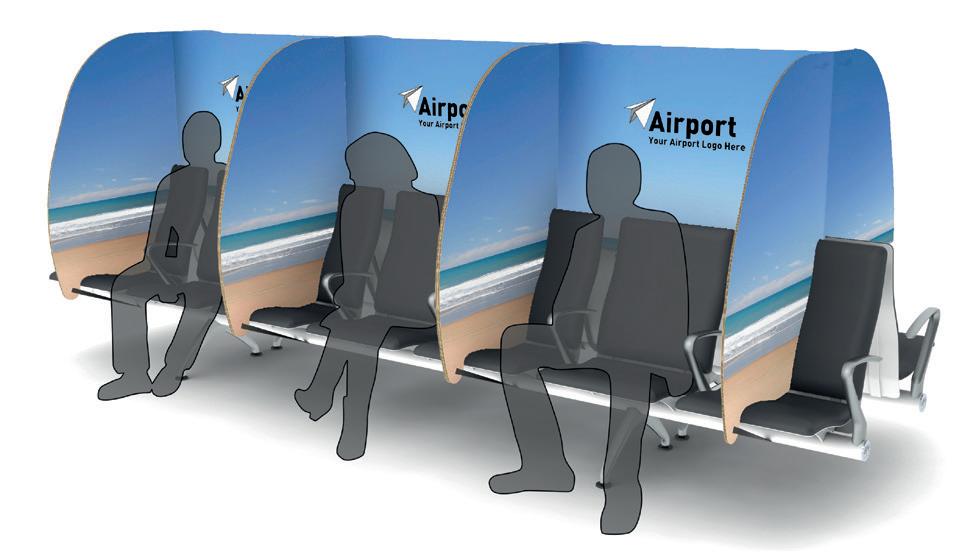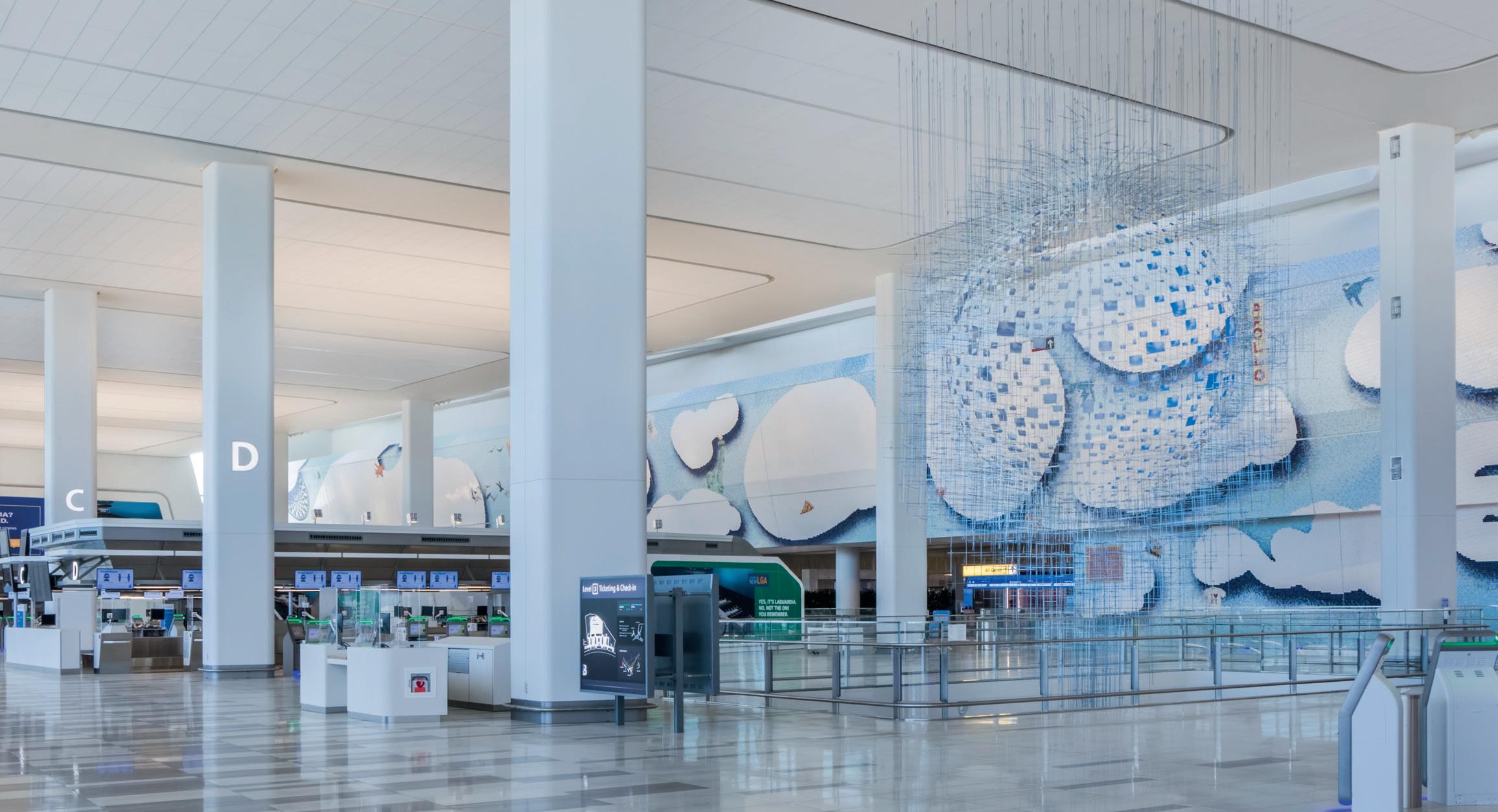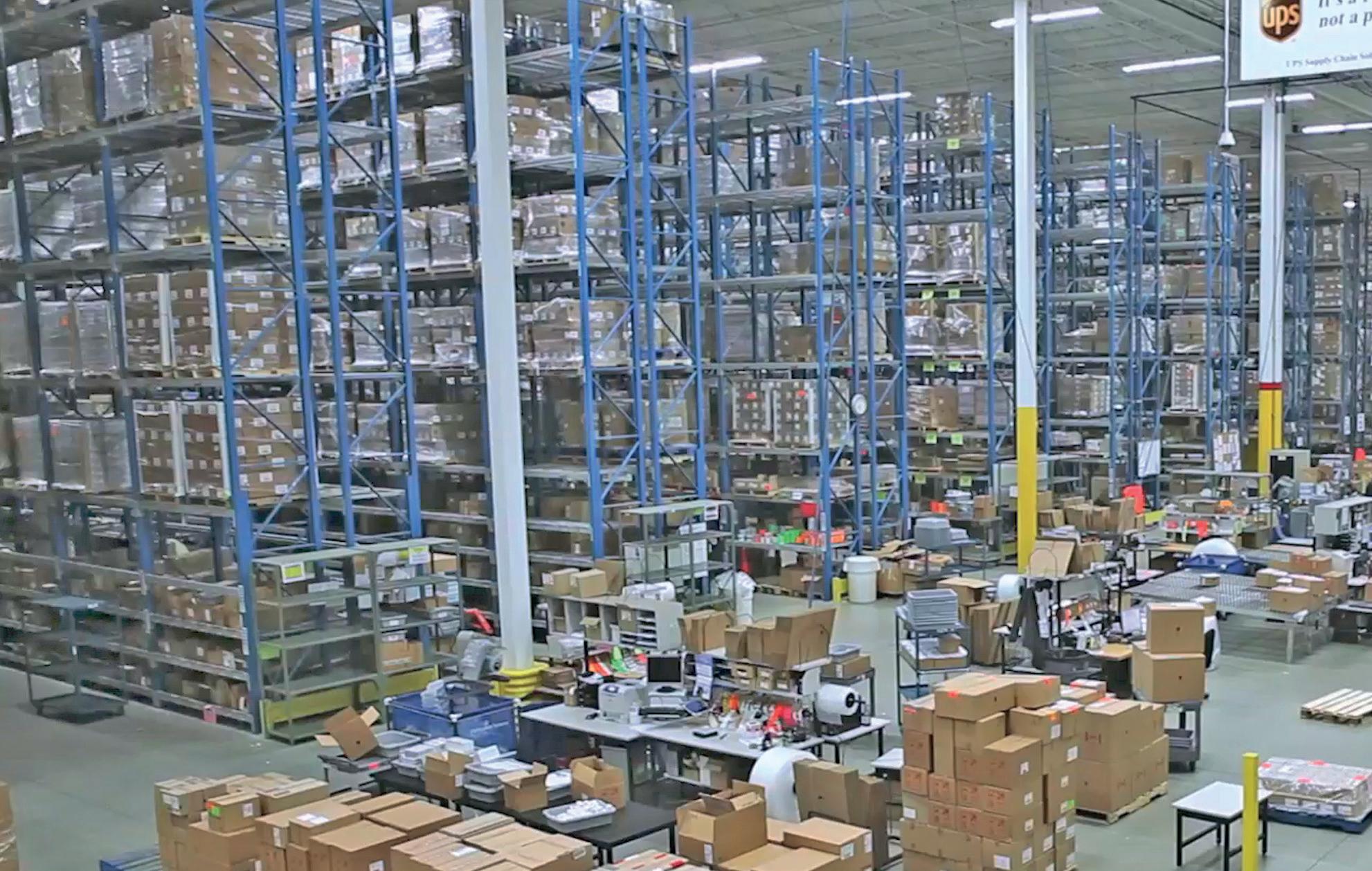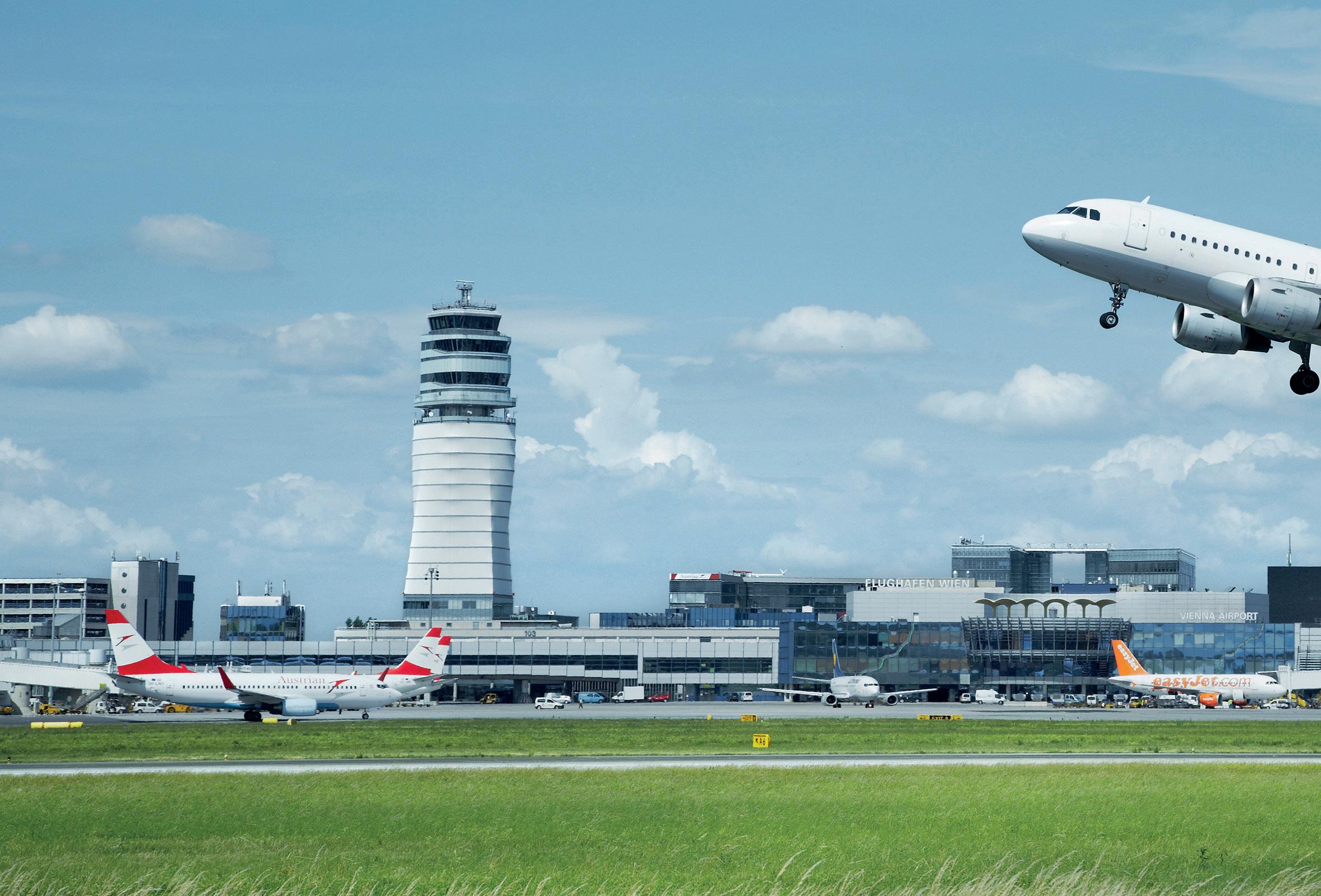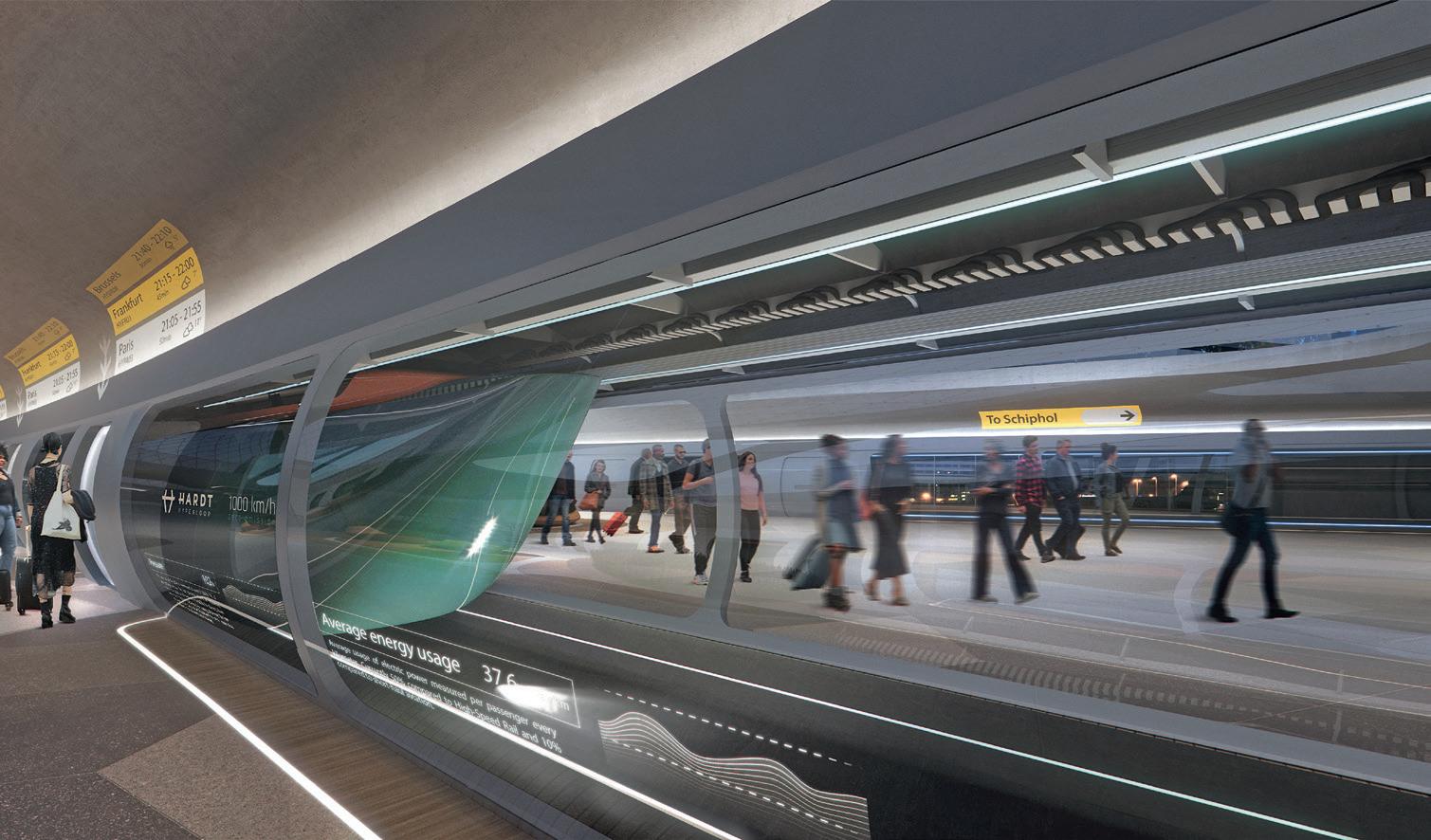SPECIAL REPORT: PLANNING & DESIGN
Going underground Joe Bates finds out more about Amsterdam Schiphol’s plans for a Hyperloop link and a cargo version of the technology that its inventors believe can provide super-fast transport links to airports.
A
msterdam Schiphol has confirmed that it is still looking at introducing a revolutionary ‘Hyperloop’ ground transport link in the future. The new transport system essentially involves pods capable of holding people, freight and cars being transported at super high speeds inside sealed tubes that, theoretically, make it possible to travel hundreds of kilometre distances in minutes rather than hours. First mooted by the airport in 2018, Schiphol has announced that it is to expand its involvement in hyperloop by continuing the partnership with Dutch company, Hardt Hyperloop. Since the initial talks, the airport says that both parties have conducted a joint study which they believe shows that hyperloop can play a major role in helping Schiphol become one of the world’s most sustainable multi-modal hubs by effectively accounting for 12.5 million of its passengers per annum by 2050. According to them, the study shows how hyperloop can emerge as a new sustainable mode of high-speed travel and replace a share of Schiphol’s short-haul flights in 2050. The study proposes an initial network that connects Schiphol with the main neighbouring airports of Germany, Belgium, France and the UK that currently have direct flight connections. Hardt projects that by 2050, up to 73 million people will be flying between the major cities in this network. According to the study, hyperloop would be able to substitute up to 12.5 million of the passengers that will travel through Schiphol by 2050. “The aviation industry has found itself in an unprecedented situation. The recovery will take years but continuing to invest in
22
AIRPORT WORLD/ISSUE 4, 2020
innovation and sustainability has great significance,” says Hassan Charaf, head of innovation at the Royal Schiphol Group. “In our long-term vision, we’ve set the bar high for ourselves. Our aim is to become the world’s most sustainable and high-quality airport. A multi-modal hub. Therefore, innovation is key. We feel it’s important to participate in any promising mobility-related developments to meet the demand for sustainable transport in the future. “The results of the first two years of partnership are promising. The study predicts that hyperloop can substitute up to 12.5 million of the passengers that will travel through Schiphol by 2050. An import reason to continue our partnership and expand our research. We are genuinely interested in where hyperloop could go.”
Next steps Schiphol and Hardt aim to realise the potential developments outlined in the study by extending their collaboration as they proceed with and expand their research. In addition, Hardt is in talks with other parties and authorities to ensure hyperloop will play a central role in a sustainable high-speed transport network in Europe. Stefan Marges, Hardt Hyperloop’s study lead, says: “In the transition to a carbon neutral society it is crucial to not only improve existing modalities, but also to explore alternative, innovative mobility solutions. “This study shows that hyperloop is a valuable addition to the future transportation landscape. In particular it lays the foundation for hyperloop to become a successful mode of sustainable transport in the years ahead.

